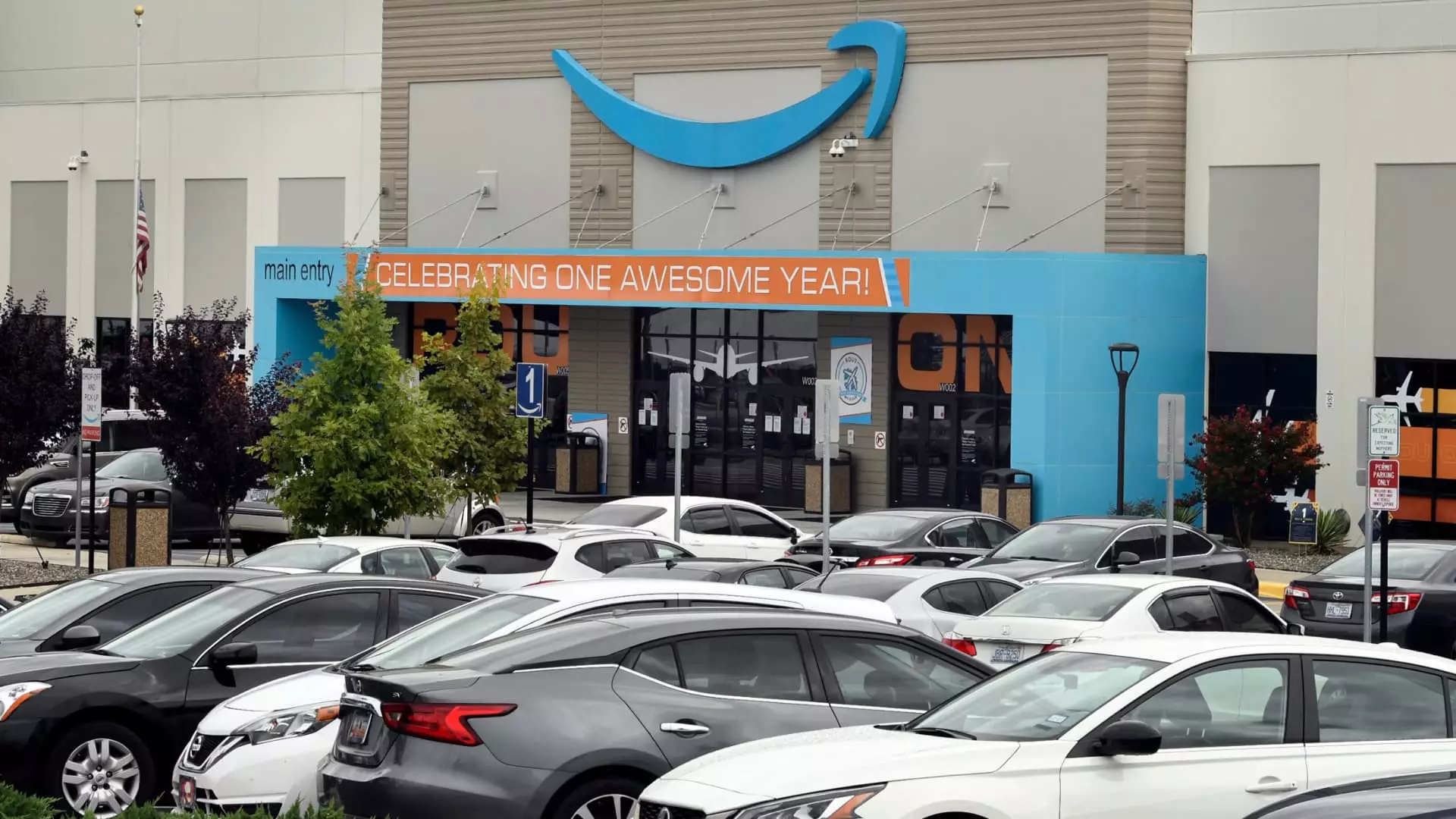In a significant yet not entirely surprising decision, workers at an Amazon facility in Garner, North Carolina, decisively rejected a unionization effort led by the Carolina Amazonians United for Solidarity and Empowerment (CAUSE). According to the National Labor Relations Board (NLRB), 2,447 out of 3,276 ballots cast were against forming a union, with only 829 votes in support. The election results, still pending final certification from the NLRB, highlight ongoing tensions between organized labor efforts and a corporate giant’s robust opposition to unionization.
The rejection of the union drive is not merely a localized issue but part of a broader narrative about workers’ rights in the United States, particularly in states with historically low union support like North Carolina. With only 2.4% of the workforce unionized in the state, the context for this election was already stacked against labor advocates.
The Background of CAUSE and Their Objectives
Born from the frustrations and needs of the workers themselves, CAUSE emerged in 2022, founded by RDU1 employees Mary Hill and Rev. Ryan Brown. Initially formed in response to Amazon’s insufficient handling of safety during the COVID-19 pandemic, CAUSE aimed to address wage stagnation and inadequate working conditions. Their proposed demands included raising starting wages from $18.50 to a more living wage of $30 per hour, alongside calls for enhanced break times to foster a healthier work environment.
Despite CAUSE’s concerted efforts over the past three years to mobilize their peers and raise awareness about the necessity of union representation, the final vote demonstrated that a significant portion of the workforce opted for the status quo, a choice that reflects either contentment with current conditions or a deep-seated fear of potential repercussions from an organization as formidable as Amazon.
Amazon’s Counterstrategies
The fervent opposition displayed by Amazon signals the company’s broader strategy of maintaining a union-free workplace, an objective they have staunchly upheld for years. In conjunction with the vote, Amazon engaged in a well-documented campaign of resistance against unionization efforts. This included the distribution of anti-union messaging through various mediums, including employee apps, workplace posters, and direct talks with workers.
The company’s leadership, including spokesperson Eileen Hards, publicly maintained that they did not interfere with the election process. Statements indicated a sense of satisfaction that employees chose to maintain a direct relationship with the corporate entity rather than aligning with an external organization. This rhetoric of “keeping it in-house” appeals to the notion of personal empowerment while simultaneously downplaying the potential benefits of collective bargaining.
As the dust settles on the election, a multitude of implications presents themselves on both sides of the unionization debate. For workers who voted against the union, the decision could mean a continuation of current practices, potentially staving off disruptions that could arise from collective bargaining. However, it also underscores a reluctance to confront issues such as wage disparity, health benefits, and overall workplace conditions that many employees wish to address but remain hesitant to do so through traditional union channels.
Conversely, this setback for union advocates like CAUSE, which have expressed their determination to continue organizing efforts, serves as a stark reminder of the uphill battle to gain traction within an anti-union environment. The group’s assertion that Amazon’s actions reflect an atmosphere of intimidation highlights the contentious relationship between labor organizations and large corporations that prioritize profit margins over the well-being of their employees.
The struggle for union representation at Amazon mirrors wider trends in American labor. As union approval ratings soar, with approximately 67% of Americans now expressing support for labor unions, actual union membership has notably stagnated — especially within the private sector, where rates have dipped to 5.9% in recent years. North Carolina’s rejection of unions epitomizes this dichotomy, revealing a disconnect between public sentiment and actual engagement in union activities.
The fight for union representation at Amazon reflects not only individual workplace dynamics but also the national discourse on workers’ rights, economic inequality, and corporate responsibility. With labor movements gaining momentum and more workers advocating for better conditions, the battle is far from over. As reported struggles continue, the conversation surrounding unionization will likely evolve, influencing future generations of workers and their approach to collective action and corporate accountability.
In light of these developments, observers will keenly watch how CAUSE and similar organizations recalibrate their strategies, adapt their messaging, and continue to advocate for labor rights in an ever-challenging corporate landscape.

